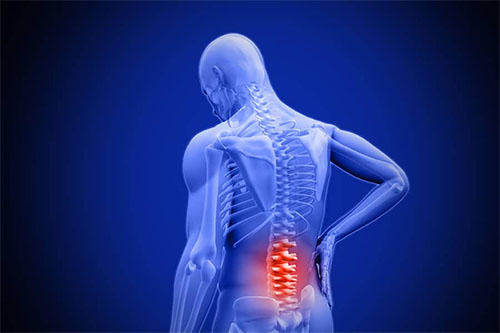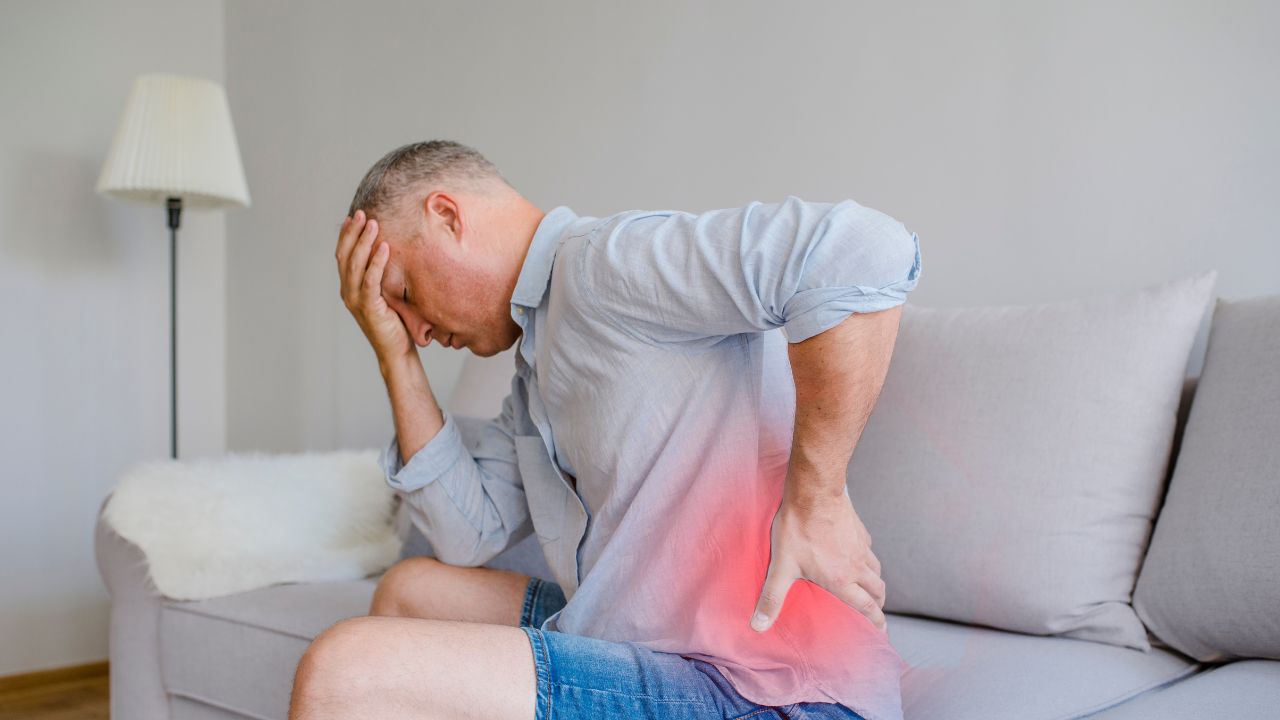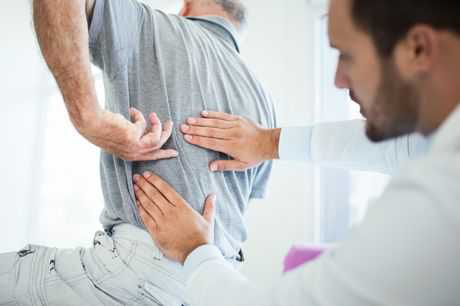The spine, one of the most substantial parts of the body, gives a great deal of strength and flexibility. But morbidities like scoliosis, spondylosis, degenerative disorders, lifting heavy objects, and sometimes ageing can lead to worsening back pain. This pain leads to deterioration of health and inability to perform everyday activities along with increased healthcare costs. Patients can become inefficient or even worse, bedridden.
Nature of Back Pain
Back pain is of varied natures from muscle aching to stabbing or shooting pain. This pain can be nociceptive, neuropathic, neoplastic, or non-specific in nature and these frequently overlap.
Is Back Pain a Cause of Disability?
Pain can differ in its severity and duration. In any case, it can limit productivity and decreased overall performance in day-to-day life. Disability from low back pain varies geographically and is appreciably influenced by local culture and social systems, as well as by beliefs about cause and effect.
Popesco in his research showed that there is up to 84% lifetime prevalence of back pain in the adult population. Comorbids that are closely related with back pain eventually require surgical interventions in many, if not all, conditions. Disability attributed to low back pain is becoming increasingly common in developing countries. However, with low incomes, the healthcare system is not equipped enough to cope with these conditions.
Etiologies Related to Back Pain?
There are several etiologies attributed to back pain some of which are as follows:
- Age – with advancing age, the soft tissue between the vertebrae undergoes degenerative changes that increases friction and affects normal mobility. This friction is the cause of pain and it most frequently affects the lower back (LBP).
- Lack of exercise – muscle and soft tissue atrophy due to decreased usage of spinal and paraspinal muscles is another important factor contributing factor leading to back pain. Long office hours that involve desk duties or in patients who are comatose and those who have had lower leg amputations are included in this category.
- Excess weight – obesity is the most significant cause of back pain almost everywhere.
- Improper lifting – back pain can originate from stretch, back sprain or trauma to the spine such as fractures.
- Psychological conditions
- Poor posture
- Smoking
- Genetic abnormities and anomalies
- Latrogenic cause – in people who have undergone spinal surgeries. In such cases, back pain can arise as a post-surgical complication.
There can be mechanical, genetic, cancer, or autoimmune etiologies too.
Symptoms of Back Pain
Symptoms of back pain include the following:
■ Increasing pain on lifting
■ Worsening pain while resting or sitting
■ Stiffening
■ Pain that radiates from the back to the sides and buttocks.
Consultation with the doctor is advised when there is tingling, numbness, and trouble urinating, or weakness. Red Flag symptom of back pain includes a pain that persists for more than 6 weeks.
How is Back Pain Diagnosed?
Initial evaluation of back pain is done by history and physical examination. Assessment for posture and deformities should be done in physical examination. Imaging of the spine and laboratory tests should not be done in the acute phase. Plain radiographs (X-ray), CT scans, and magnetic resonance imaging (MRI) are recommended in case of the presence of ‘red flag’ symptoms.
What Treatment Options are Available?
Casiano in his study in 2022 stated that the treatment of back pain varies based on age, etiology, and physical and financial conditions. For radicular pain, exercise, traction, and spinal manipulation are the best treatment options. Non-steroidal anti-inflammatory drugs (NSAIDs) have been seen to cause a positive impact on the treatment of back pain.
For non-radicular pain, NSAIDs, heat, and muscle relaxants have evidence of treatment. Apart from these, physical therapy such as acupuncture, and chiropractic care are also effective. Jon Adams in his study showed that the trend of use of chiropractic has increased among US citizens due to its increased efficiency.
What should be Done to Prevent Back Pain?
The combination of exercise and education may reduce an individual’s risk of developing back pain and moderate-quality evidence supports this statement. Education, training, and ergonomic adjustments are also important in the prevention of low back pain.
Back pain is one of the increasing causes of low productivity and disability in the adult population. Early diagnosis and prompt treatment are beneficial in preventing morbidity, disability, and mortality. Adequate preventive measures are also important in the prevention of this serious condition.







